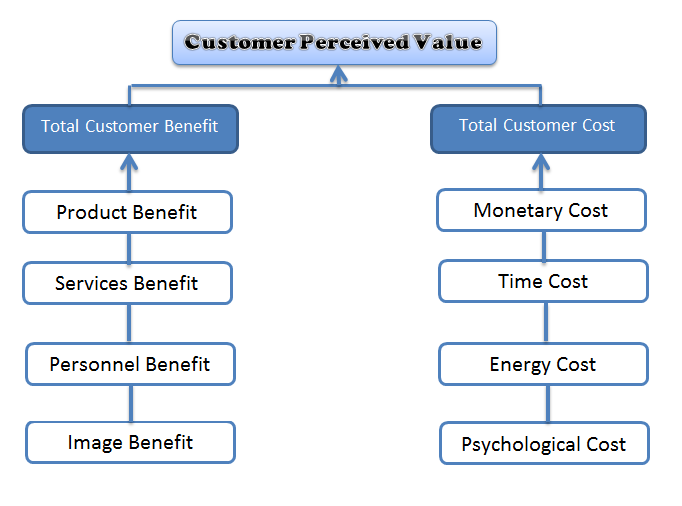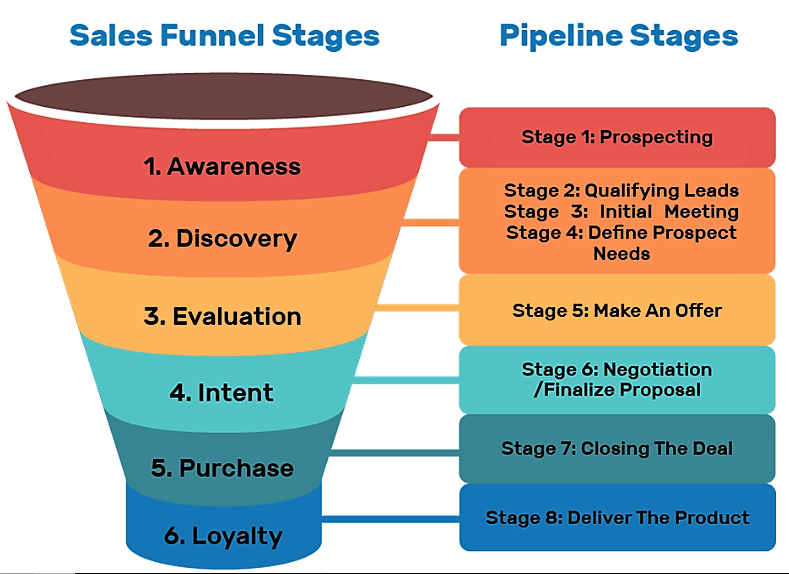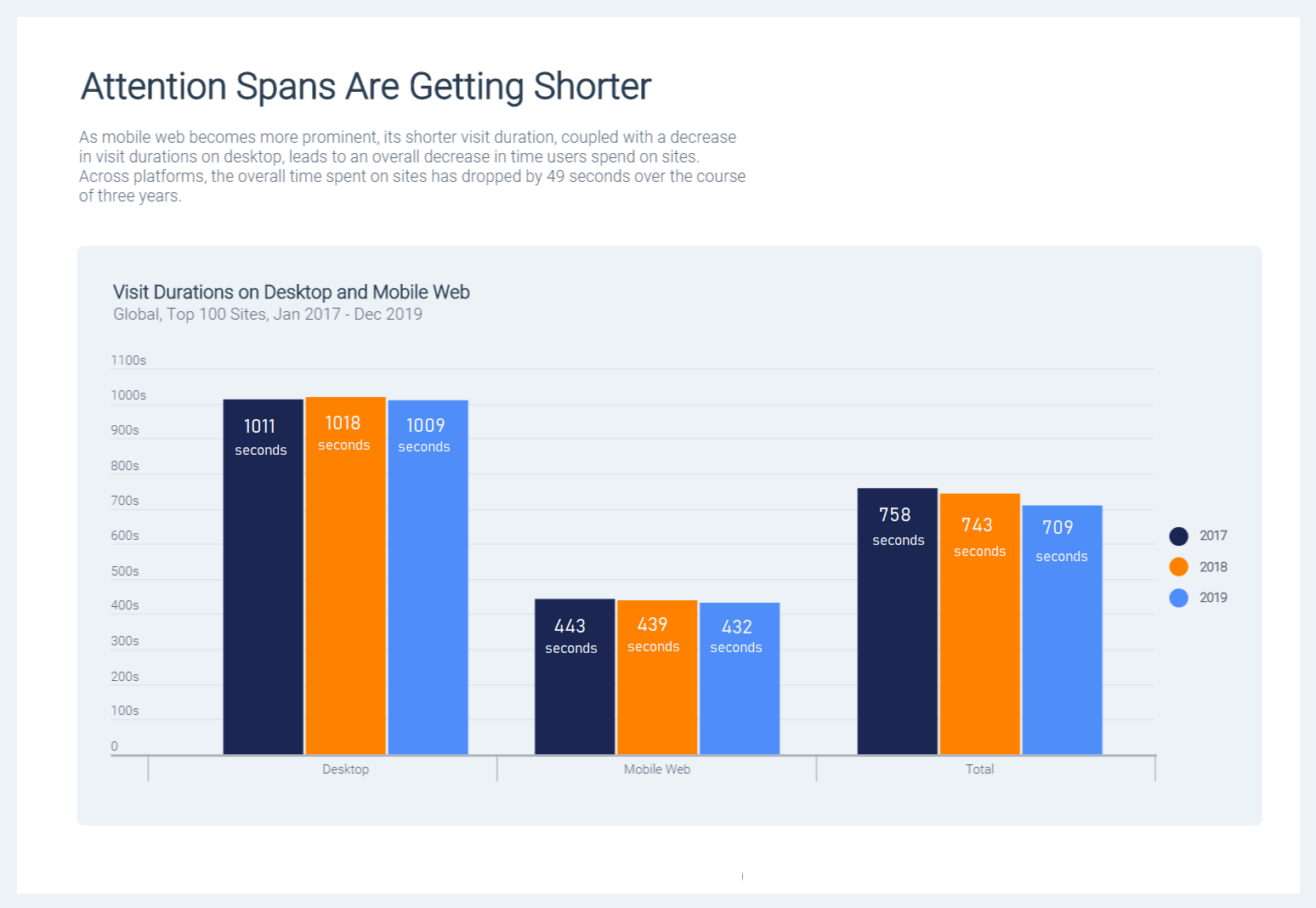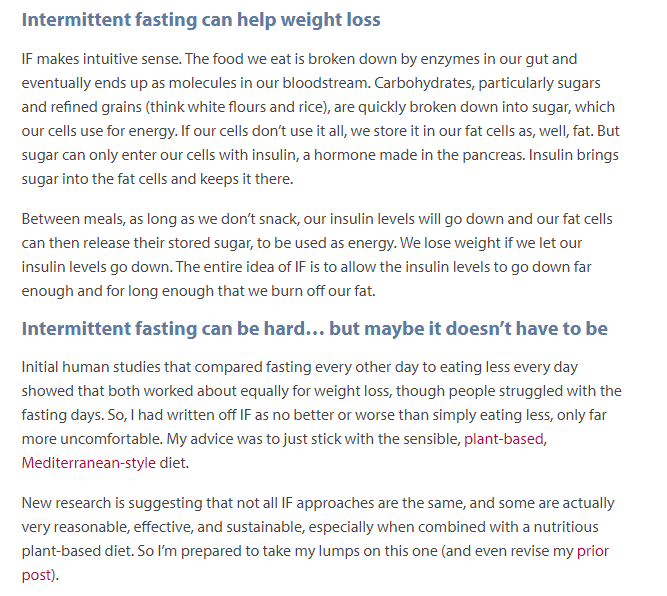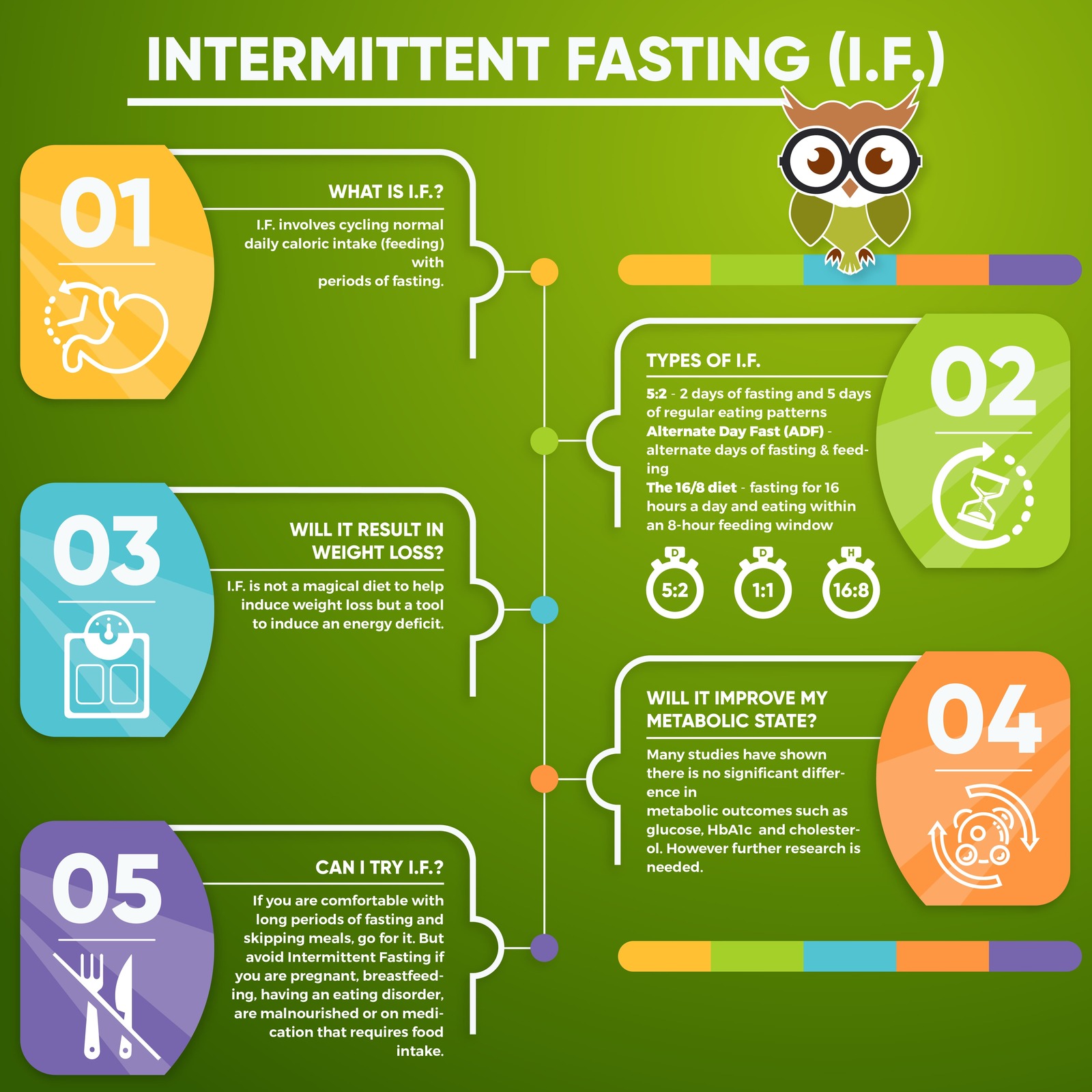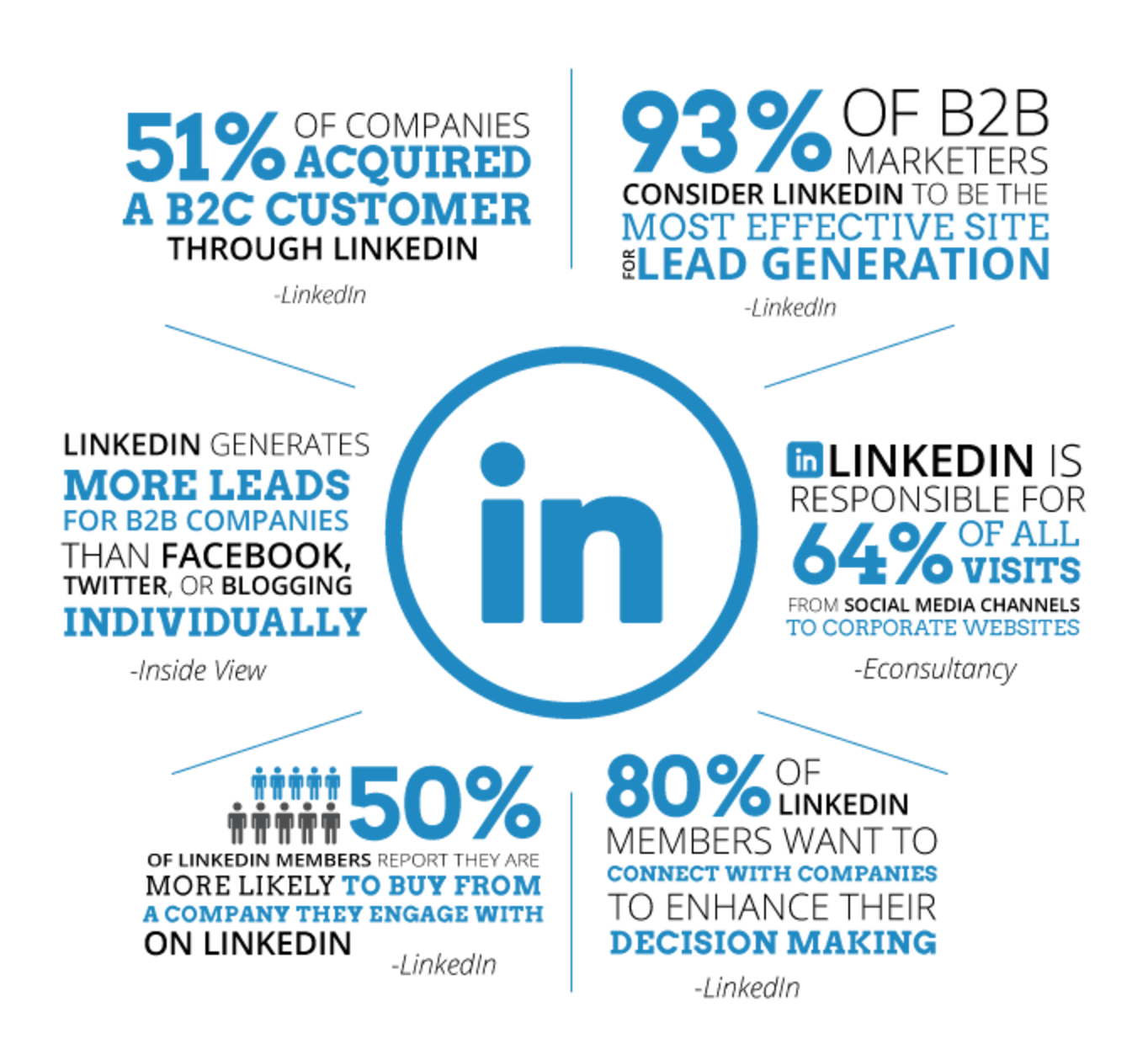Even if it sounds obvious, B2B and B2C marketing are not the same. Even though there are some similarities, there aren’t any universal “best advice for”.
Each audience is different. Their reasons to buy from you are different. The way you promote your content can make a difference in your audience’s behavior.
Nonetheless, B2B content marketing does have one major thing in common with B2C.
Whether you’re speaking to your average Joe who wants a new car or an SMB, it all depends if you can create engaging content. The fundamentals of creating this “unscratchable itch” are still the same for either B2B or B2C content marketing.
And it’s no small affair. B2B and B2C businesses are increasing each year their budget in content marketing. The most successful companies are investing up to 40% of their marketing budget in content marketing alone.
This is why you’ll see today the most promising B2B content marketing strategies for 2021 to help you get the advantage against your competition.
Let’s jump in!
1. The Idea, Then Your Product
Theatric as it sounds, this particular aspect of content marketing is crucial. It’s common sense to think businesses aren’t going fling money out the window.
They spend money for a good reason: to make more money. Hence B2B, business-to-business. How can your business benefit mine?
Surely, the way your business makes them money will greatly differ based on what you’re offering them. But at the end of the day, you’ll either save them or make them more money.
This tangible value is what you’re aiming for. This infographic illustrates this perfectly.
Even so, remember that it’s a balance. Content over or under-centralized around tangible value usually ends up in either way:
- Too focused on being straightforward, it forgets to be remotely engaging.
- Too focused on tangible value, it turns into self-promotion that forcefully tries to prove to the reader the fact that they should use your product.
Even though self-promotion is in no way a crucial shortcoming, it can, and will, dilutes your content if you abuse it.
Why? Because it weakens the fundamentals of content marketing: storytelling. Content is a way to tell a story, be it entertaining or educational. But above, all it should be engaging.
You can’t expect people to extract value from your content if they’ve fallen asleep reading it.
– Neil Patel
So how can you create engaging content regularly? Everything and every business have a story waiting to be told. So tell that story.
What is your audience? What businesses are they part of? What does your service/product create or solve? What can you recite around it?
For instance, let’s say you’re doing marketing for a company that offers fasting programs for weight loss or longevity. You can offer content based on your personal experience, how did you feel, what are the results of this program?
It doesn’t have to be Shakespearean. This is not a poetry contest to impress your English class crush. The narrative just needs structural integrity and be engaging enough to get people to the valuable bits.
Even then, your content isn’t the only way you can, or should, sell your product. A good call to action (CTA) can do most of the heavy lifting.
2. User Experience
The cornerstone of effective content marketing is user experience. Specifically, it’s the bridge between your marketing funnel and your sales funnel.
Not to insult your writing skills, but the actual content you’re creating isn’t just important because of your inspirational message you’re promoting.
The undeniable truth is that you’re an investment. You need to sell to make money for your industry. You need to get them to point A to point B to finally convert them.
Essentially, you move them through the sales funnel. And that is impossible to do if the user experience of your brand doesn’t satisfy their standards.
While a necessary step in the sales funnels, it is simply not enough to create content that solves problems.
You need to connect with your audience, and then differentiate your brand from your competitors through the use of content marketing.
In a nutshell, informational and inspirational content is good. Engaging content that your audience can identify with is great.
Why? Because good customer experience creates brand loyalty. And lemme tell ya, you can’t put a price tag on loyalty and trust.
Brand loyalty is the difference between selling shoes and selling a pair of Nike. For instance, I don’t know anyone who would wait in line to buy a pair of shoes sold at Walmart. On the other hand, I know a few who would wait in line, outside a store, for a pair of Nike.
Being the cheapest option available isn’t enough. You need to offer an experience that breeds customer loyalty to your brand.
3. The Importance Of Collaboration
It’s easy to get caught up in the process of creating content. Nonetheless, you’ll often find yourself in this particular situation.
That is, wait, how the f*ck am I supposed to promote the darn thing?
Well, for argument sake, I do vouch for one undervalued resource: guest posting.
I find it funny that some are bothered by guest posting. Since when did working with others became uncool? It seems like business owners are uncomfortable teaming up with other businesses.
After all, you’re not trading a company’s secrets, you’re sharing a platform. And that is a win-win. More exposure for you and more traffic for them!
This cross-platform approach is not only essential for growing your audience, but also for establishing your authority in your industry. For instance, let’s say I am a business owner in the Saas industry and see your name on my favorite industry-leading sites, that tells me a lot about your online authority.
Furthermore, hosting other people’s content on your website is beneficial. Even your most loyal customers don’t want to hear you ramble about your brand all day. So, in a way, it’s content curation without having to find the content yourself! If you want to learn more about it, Stevie Snow made a great post about it.
Your audience sees that you select great content from other industry leaders, reinforcing your understanding and your authority on an industry’s matter.
4. Multi-Layered Content
If you’ve been following content marketing for a while now, you must have noticed that content is more often than not multi-layered nowadays.
Even if you’re experienced in B2B marketing, it’s worth mentioning how to create engaging multi-layered content.
Cool. What does it look like? Typically, multi-layered content incorporates both text-based and visual content to create an engaging experience. It goes down like this:
- Text
- Images
- Video
The next part is probably the most self-explanatory and the least complicated. It’s text. Information in words. The problem is that the text part is sometimes the only category businesses have experience marketing with.
Why is it a problem?
The reduction in attention spans. Considering how we’re bombarded with information, we have very little time to consume it, according to Gary Smalls, a UCLA professor. This impacts your content marketing more than you think. More on that here.
For instance, imagine a never-ending flow of this.
This can be the most interesting and data-rich post I could’ve read in the past year. The only problem is that it is not engaging.
It may be good for an academic post, but in marketing, you’ve lost 99% of your audience.
This is why those other two categories are as important. They keep your content engaging in small bites size. It also helps you to avoid wordiness in your paragraph by illustrating examples.
For instance, here’s a simple infographic that says pretty much the same thing as the block you saw earlier.
See?
There are plenty of stats showing not only the effectiveness of infographics but also the willingness of consumers to see more infographic media from brands.
From there, we enter the world of video.
I won’t lie, video marketing is a tough cookie to crack. Coming up with your original content can be uncomfortable if, like me, you hate being in front of a camera.
But, fortunately for you, it’s not necessarily obligatory to have original content. The beauty of digital marketing media is that you can integrate any compelling video into your content. As long as it’s Copywrite-free, of course.
Noticed how I said “engaging” and not “high-quality”? The content should always provide value, no matter what.
And lucky enough for you, video content doesn’t have to be “Hollywood” good. Anything with someone in front of a camera communicating an effective message is effective.
So whether it’s original or a post you are sharing, the key is to put video content as engaging as your text-based content.
It’s worth mentioning that every business in a different industry is going to have its particular approach, so there’s no established way to do it.
But even then, there are two main reasons you want to keep your content multi-layered.
- It’s a great way to engage people that aren’t big readers.
- It’s a good way to break the monotony of giant, wordy blocks of text.
5. Watch Out For Metrics
It’s not incredibly surprising that content marketing is very experimental.
And when we say experimental, we also say failure. You’re going to try a whole lot of things that won’t end up working.
There’s no shame in that. Even with the best planning, organization, and execution, there’s no way you can accurately guess how your content is going to resonate with the mass.
But fortunately for you, this is why you have metrics.
The early slips are understandable, considering you’re creating content based on your assumptions of what your audience wants, not facts.
But then, once you’ve started trying things out and experimenting with different types of content, you have to step up your game.
The benefits of tracking the results of your content marketing let you do two things.
- It keeps you from making the same mistakes all over again.
- It helps you build a marketing strategy centered around what your audience relates to.
This is the pillar of marketing. Long-term, consistent growth is based on metrics that can help you create effective marketing tactics rather than redundant failures.
It does seem rather trivial at first. But every small tactic that works for your content rakes up to create an effective strategy in the long run.
6. The Magic of Paid Ads
Ah yes. Paid ads.
It wouldn’t be a good content marketing article if I didn’t at least touch on the importance of paid ads.
But to be fair, this topic is dense enough to make a whole series about it. But for the sake of simplicity, we’ll keep it as simple and straightforward as possible.
If you’re in B2B marketing, I bet you’re thinking about LinkedIn, uh?
Well, I don’t blame you. The numbers definitively don’t lie. After all, there’s a whole lot of companies that do specialize uniquely in LinkedIn lead generation.
But, there is a platform that you and your competitors are ignoring.
Facebook Ads.
I won’t lie. I didn’t believe it too the first time I heard it. And yes, you might think it’s not targeted enough.
This trend shouldn’t come as a surprise. Facebook accounts for over 40 percent of all traffic to publisher sites, eclipsing Google. Over 90 percent of all content sharing occurs on Facebook, compared to just 2.5 percent for LinkedIn. It’s the biggest media empire in the world, and people share and consume every kind of content through the Facebook feed—wedding pictures, political analysis, cat videos, and yes, even white papers and articles about the insurance industry.
Gaining more shares means attracting more attention. Attracting more attention means a bigger potential for conversion. Simple as.
Facebooks ads work on the premise that you’re not only engaging with a bigger audience, but an audience that cares, and is interested, in B2B content.
Conclusion
B2B content marketing presents all sorts of challenges. It’s not very surprising that a relatively complex industry has a very steep learning curve.
Hell, even in business school, I had only pierced the tip of the iceberg.
But, fortunately for you, even if the playing field is constantly changing, there are a few things that make the process easier.
The most important of them all, creating engaging content. Not indulging in self-promotion. Relatable and compelling stories is the narrative you should always aim for.
Recognize the importance of customer experience and brand loyalty in your content.
Collaborate with other businesses by using the guest post as a win-win tactic.
Use visual support to create depth to your text-based posts.
Track metrics to create and data-driven content to ensure your marketing efforts become more successful in the long term.
Read More:
